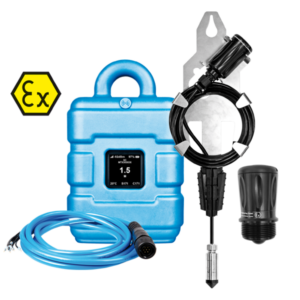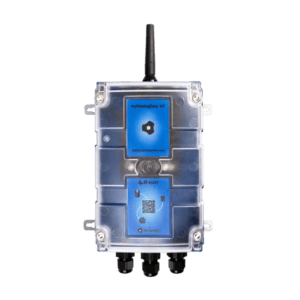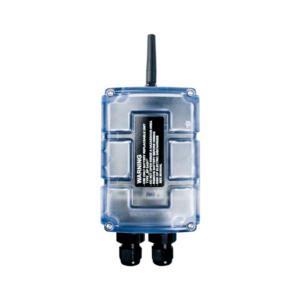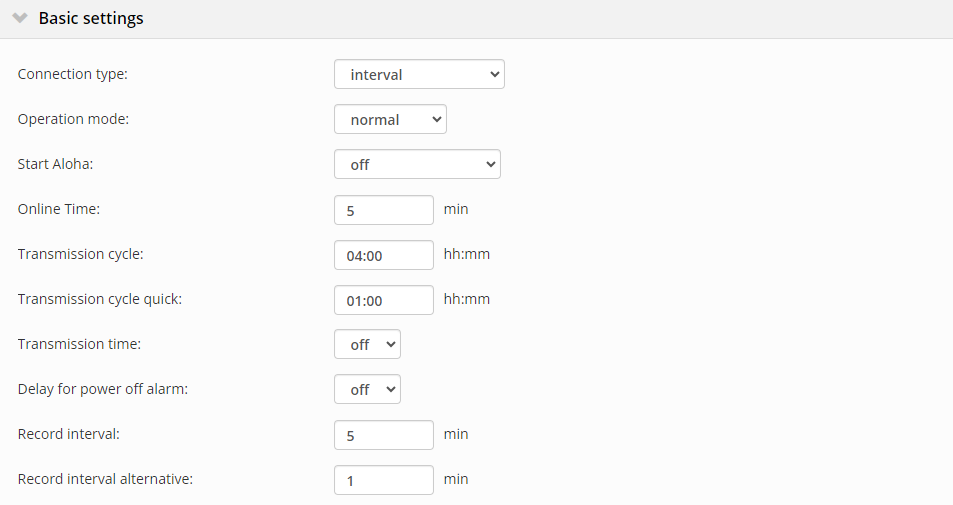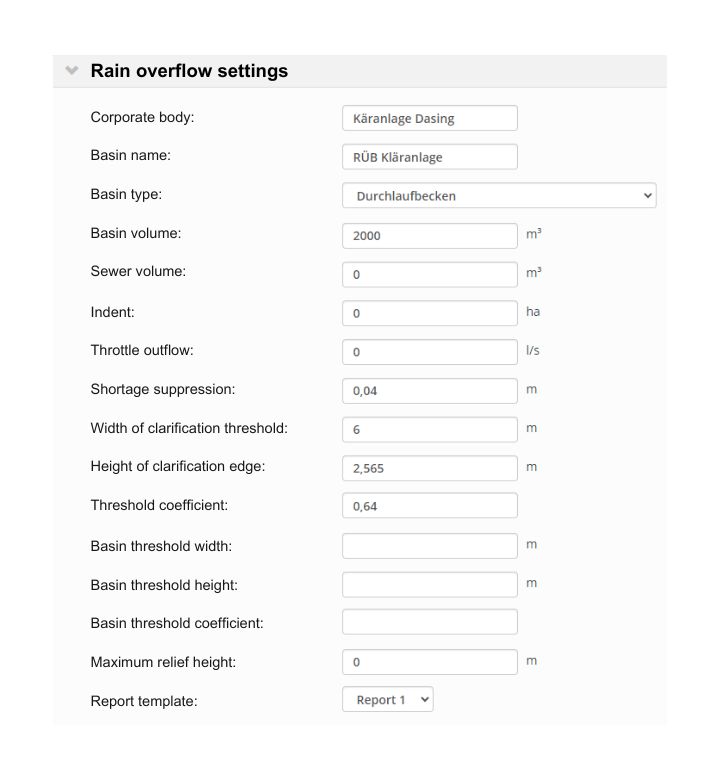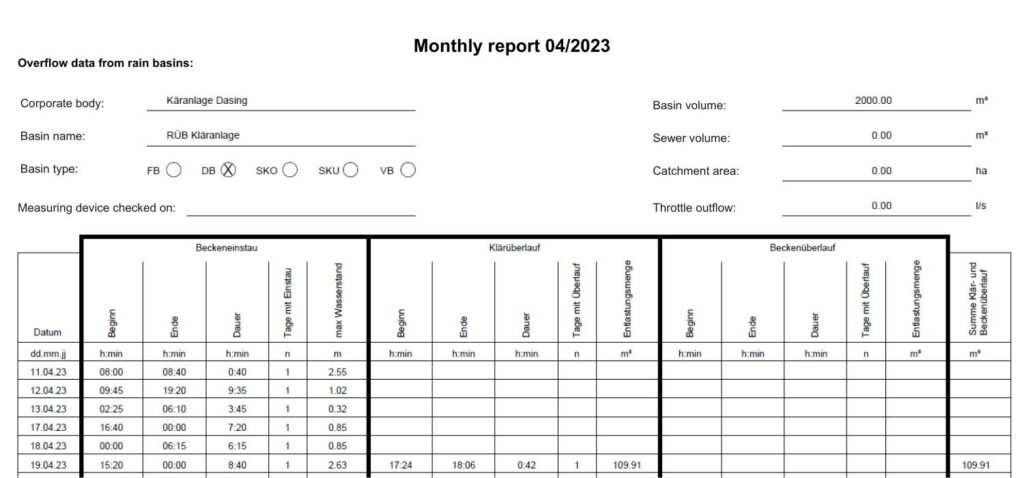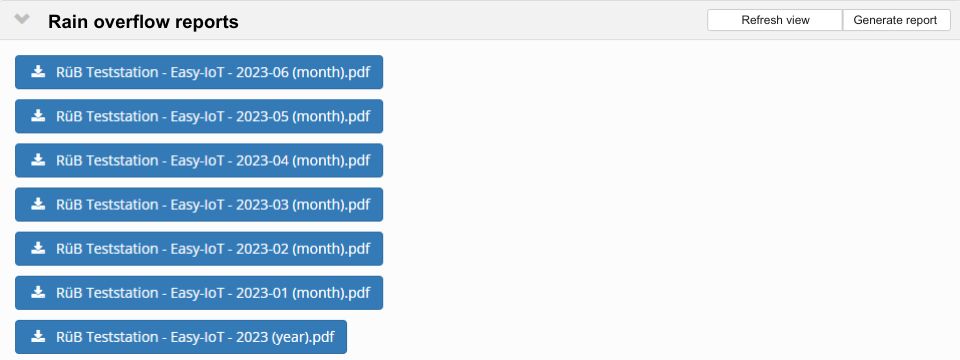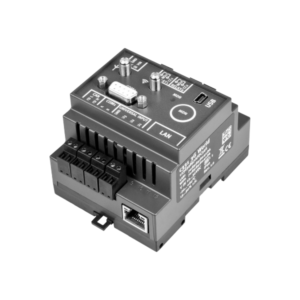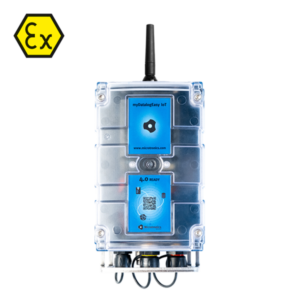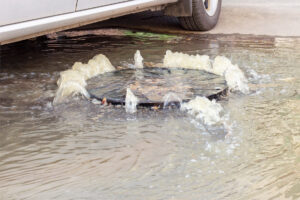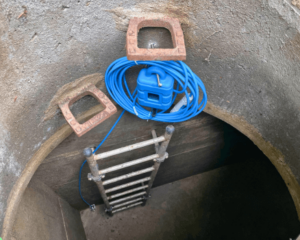The weather forecast predicts heavy rainfall. Floods, high water and mudslides are to be expected. What you don’t think about at first is that the sewage system also reaches its limits in such situations. In a sewage treatment plant, only certain amounts of water can be purified in one day. When rainfall causes a large increase in the volume of water in the canal, the excess untreated water enters public waters. Rain overflow basins prevent this by storing excess water and passing it on to the sewage treatment plant with a time delay.
In case of persistent heavy rain showers, even in the rain or combined sewer overflow basin there is an overflow of combined sewer water – i.e. of wastewater mixed with rain. Although the water is pre-cleaned in the basin, the water itself was not yet in the treatment plant at that time. Dissolved pollutants as well as micropollutants from detergents, cosmetics and medicines are still in the water and enter public waters.
In Germany, the legislator already prescribes the documentation of water pollution. The following targets are necessary for this:
- Duration of the basin jam
- Frequency of pelvic congestion
- Duration of discharge events
- Frequency of discharge events
- Discharged water quantity
With the help of the new platform feature, these values can be determined in just a few steps.
Measurement of the water level
In the first step, the water level in the overflow basin is measured. With the following data loggers including software, you have a ready-made solution that can be adapted quickly and easily. You do not have to program, but configure yourself the logging of the rain overflow within a few minutes in the platform.
This is what it looks like in the platform:
Settings in the platform
Next, enter basic information about your rain overflow basin once in the platform. This includes information such as the height and width of the clarifying edges as well as the threshold coefficient.
Outflow determination in the platform
After the settings have been saved and the water level has been recorded, the last step is to calculate the discharged water volume using the POLENI formula in the platform. The determined values, as well as the previously mentioned target values, are clearly presented in a protocol. This log is automatically generated on the fourth day of each month. In addition, the protocol can be created at any time for a single month or a whole year with a click of the mouse.
The following data loggers for level measurement can also be used for logging in the rain overflow basin after minor adjustments to the software. Please contact us if you are interested.
